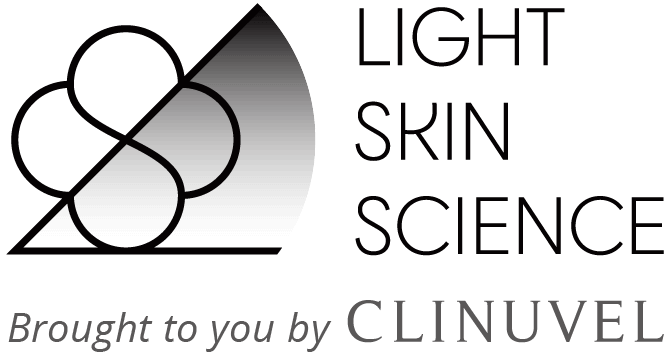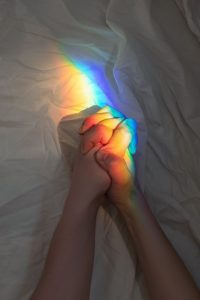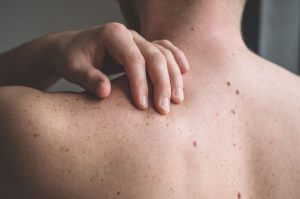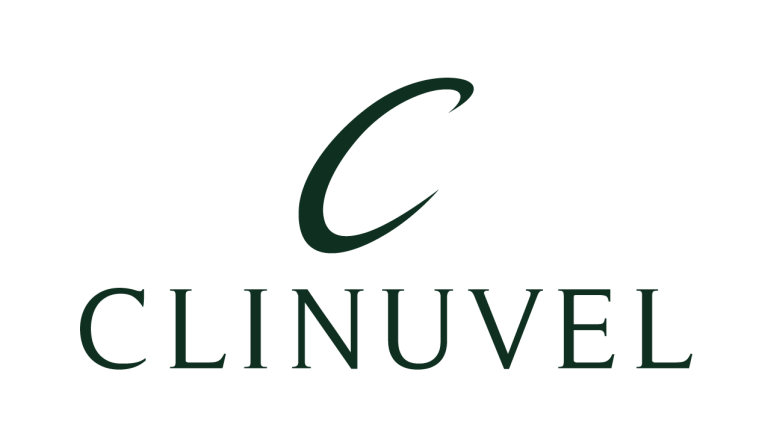Peter A. Andersen, PhD; David B. Buller, PhD; Barbara J. Walkosz, PhD; et al
What did the research set out to achieve?
Skin cancer is an epidemic in America and mainly caused by exposure to ultraviolet radiation (UV). Studies suggest that solar UV forecasts fail to reach a wide audience. People may also be unaware that the weather is not a reliable UV indicator, with seasonality, time of day, latitude, and altitude being more trusted guides.
This study investigated the link between meteorological, temporal, and geographic variables and UV levels, and decisions by adults in outdoor recreation to protect their skin from UV.
The study’s three research questions were:
– How much UV exists at recreational ski areas?
-Is UV positively associated with increased sun protection by adults recreating at ski areas?
-Are adults’ skin protection decisions related to meteorological, temporal or environmental cues when recreating at ski areas?
What did the research involve?
To predict the prevalence of UV at North American ski resorts, the research team used data on time, season, altitude and meteorology and associate UV between 2001 and 2003. They also surveyed nearly 4,000 adult skiers or snowboarders on their sun protection behaviours.
Measurements of direct, reflected, and diffuse UV (radiation that has been modified by atmospheric and environmental scattering before reaching the object’s surface) were taken at 487 points using handheld meters. These were combined with self-reported and observed sun protection factors of adults interviewed on chairlifts.
What did the research find?
The authors found that during winter months, average UV levels at the 32 ski areas were moderately low but varied substantially. The strongest predictors of increased UV radiation were clear skies, time close to noon and deviation from the winter solstice.
Ultraviolet radiation was dangerously high on many late winter and early spring days when UV readings of up to 10 were observed.
The study found that substantial UV radiation also occurred from substantial diffuse UV in the atmosphere, and considerable amounts of UV being reflected off snowy surfaces.
Skiers and snowboarders evidently monitor outdoor alpine environments in two ways, for sun protection and cold protection. For sun protection, they rely mainly on clear skies as a UV cue. They correctly link clear skies with the need for UV protection and use and reapply more sunscreen because more UV is present on clear days. However, extensive diffuse and reflected UV occurs on cloudy days at midday in the spring, and cloud cover can change within hours.
The authors conclude that ‘adults should be encouraged to wear sunscreen on cloudy days because UV is still high, and conditions can change rapidly. They need reminders to rely more on the season and time of day when judging UV and the need for sun safety’.



